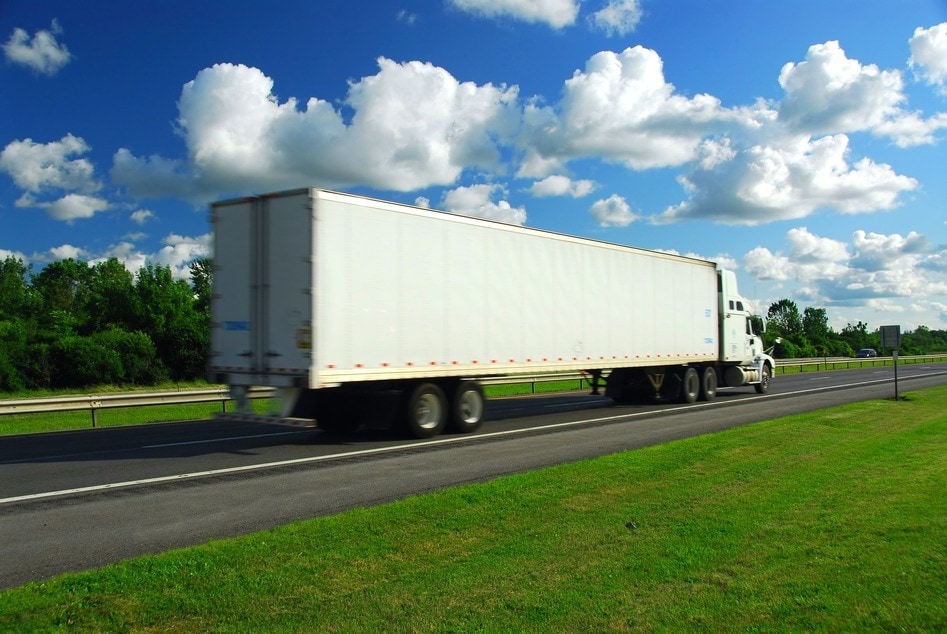You may be wondering, “What does the SLR issue have to do with the header photo, a truck?” Indeed, we are not going to talk about trucks but about SLR cameras. But don’t get impatient, right? do you know in due time?
I have already explained many times that not all photographers need a “professional” SLR camera. I tried, from time to time, to explain the differences between a professional SLR and an amateur SLR, but I always did well upstairs.
- Today it occurred to me that it might be a good idea to explain a little more in detail the differences between a professional SLR and an amateur camera.
If you’re interested in this topic, I first want you to get rid of this false feeling that professional is synonymous with “better. “The word “professional” has suffered many alterations and discrepancies in its use. We say “Ohh . . . It’s a very professional job!” referring to high-quality jobs. In SLR photography, the professional term does not mean exactly “better quality”. We’ll see its exact meaning shortly, but I wanted to clarify this point first.
Professional photography is nothing more than photography, which is practiced as a ‘trade’, is: make a living. This person who goes out with his camera to the street, hires a mannequin, rents a photography studio and practices photography for the main purpose of making money, is called professional, as you can see, the quality of the photos is not part of the definition of “professional”. You are a professional photographer no matter the quality of your photos. Yes, it is true that it is difficult to thrive as a professional photographer if the quality of our photos is bad, because no one would hire us or buy our work. You could still call yourself a “professional” photographer, but in this case you’d be a bad professional. But it would be professional, for the for the first time. Well, try to make a living out of this medium. There are also bad plumbers, bad lawyers, bad salesmen. There are good and bad in every profession.
Similarly, amateur photography is the photographic activity in which passion, pleasure and leisure are the main objective, it is a type of photography that does not necessarily aim to make money (although this can happen by chance). to photography in your free time simply because you love it, then you’re an amateur photographer. Again, the issue of quality has no impact. When you’re an amateur photographer, it doesn’t matter if the quality of the photos is excellent or bad.
SLR is a type of camera that, simplifying, is characterized by interchangeable lenses and an interior room called “mirror”. In DSLR cameras, we find 3 main groups:
Next, I’ll explain the common features of a beginner SLR and an amateur SLR. I’m going to skip the semi-professional ones, but they’re basically the middle ground.
They usually have a decent amount of megapixels but not excessively large, between 10 and 20 megapixels, if you look at the technical characteristics of the camera, you will see that it has a relatively small sensor (if you compare it to the size of the sensor As the entry-level SLRs are made for an audience that walks the streets, travels and sometimes has to carry them in a bag or backpack , have the distinction of being relatively small and not very heavy. Capacity is another differentiator. Beginner cameras have a very good charging capacity, but not even half of what a professional camera battery can handle. Finally, one of the most striking (and happy) features of an amateur SLR is the price. one-quarter or one-sixth of that of a professional SLR. Here are some examples of what I consider one of the best DSLR cameras for beginners.
Professional photography has characteristics that make SLR cameras dedicated to this objective (work, profit) very different from amateur cameras. For example, one of the professional uses for photography is advertising, where the printing of large billboards is sometimes required. It is precisely for this reason that it is necessary for the camera to be equipped with a large number of megapixels. Today, a current professional SLR is no less than 18 megapixels. The sensor, on the other hand, is usually larger, the battery is two or three times that of an amateur SLR, and is therefore a bit larger. In general, in a professional SLR everything is bigger, to the point that the camera itself is considerably larger and weighs considerably more than that of an amateur camera. It is understood that this is not a problem for the professional who will surely use it with a tripod and in conditions of great stability. Some professionals are dedicated to extreme sports photography, travel, landscapes, animals, etc. Do extreme wind, dust, water and rain conditions threaten the physical integrity of the camera? For this reason, professional cameras usually leave the factory “sealed” in the face of this type of adversity of nature. Sports are another very recurring theme in professional photography. A photographer covering sporting events needs a digital SLR capable of capturing many photos per second in burst mode. So such a camera cannot take less than 6 FPS (photos per second) in its burst shooting mode, although 10 FPS is generally normal. Finally, the price of a professional SLR camera does not usually go below 2,000 euros.
As you can see, both professional and amateur SLRs are focused on satisfying the needs of their regular users, it is not that professionals are better or amateurs either, if you are an amateur and you are sure that you will never want to work as a professional photographer, ¿ why bother spending an embarrassing amount of money on a dumb camera that won’t even use 10% of the profits. So everyone can see the size of your camera Would you rather a truck to buy a car?

